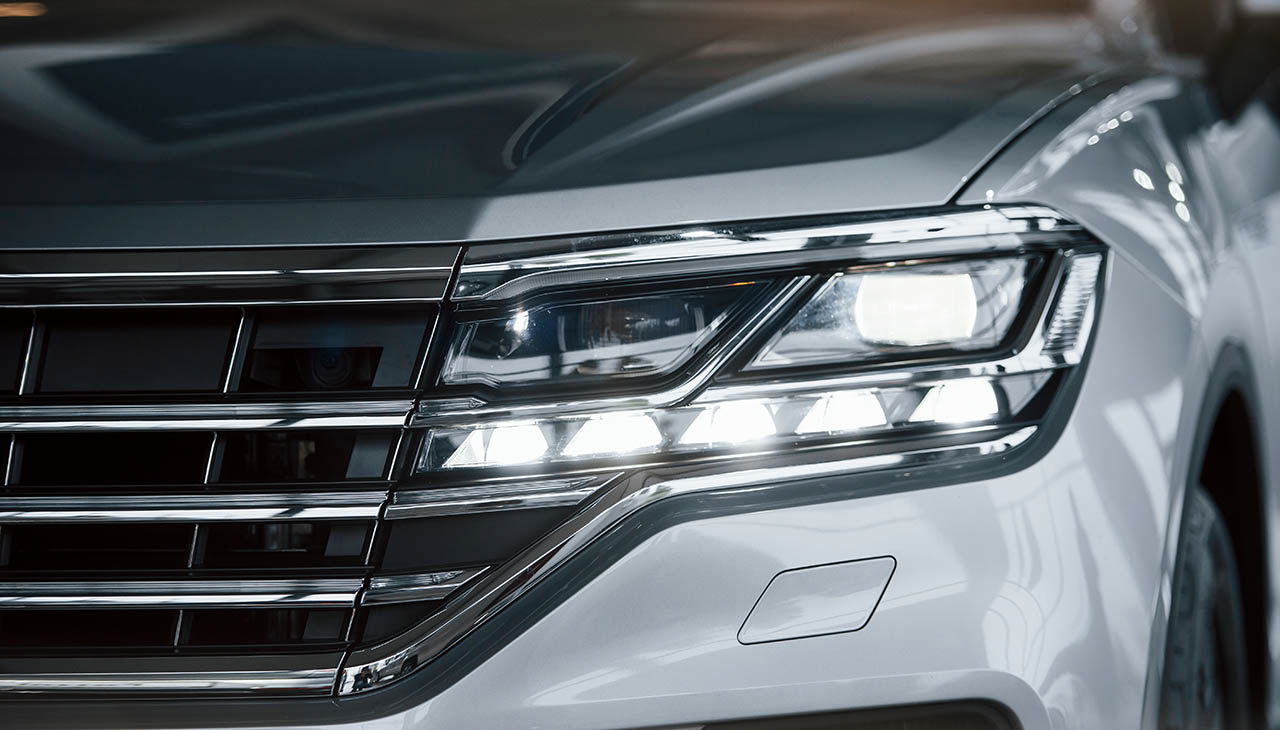Concept cars represent the pinnacle of automotive innovation and artistic expression, bridging the gap between futuristic imagination and tangible reality. Often unveiled at auto shows to gauge consumer interest, these prototypes challenge conventional design and introduce cutting-edge technology. They embody the auto industry’s vision for the future, showcasing revolutionary materials, aerodynamic forms, and visionary propulsion systems that may one day redefine the way we drive.
History of Concept Cars
The history of concept cars is as fascinating as their designs, with roots stretching back to the 1930s. General Motors was among the pioneers, introducing the “Buick Y-Job” in 1938. Designed by the legendary Harley Earl, the Y-Job was the world’s first concept car, featuring innovations like power windows and retractable headlights. As decades passed, concept cars evolved dramatically, reflecting societal changes and technological advancements. By the 1950s and 1960s, space-age optimism infused car designs with rocket-like fins and bubble domes. Fast forward to the eco-conscious 2000s, concept cars began showcasing hybrid engines and sustainable materials, aligning with an increasing awareness of environmental issues. Today, we see a push towards autonomous driving, electrification, and connectivity, punctuated by sleek aesthetics and smart technology integrations, painting a picture of a radically dynamic future transportation landscape.
Design and Innovation
In the realm of concept cars, cutting-edge design elements are not merely for aesthetic appeal but to showcase the potential strides in automotive technology. Designers experiment with unconventional shapes, materials, and textures to optimize aerodynamics, reduce weight, and achieve maximum efficiency. Transparent touch surfaces, holographic displays, and augmented reality dashboards are just some of the innovative technologies featured, blurring the lines between vehicle and high-tech device. Concept cars also serve as a testing ground for advanced propulsion systems, such as hydrogen fuel cells or cutting-edge battery technologies, paving the way for a future where cars are not only emissions-free but also extensions of our connected lives.
Impact on the Automotive Industry
Concept cars exert a profound influence on the production car designs that eventually make their way to showrooms and city streets. These innovative prototypes often serve as a canvas for automakers to display their brand’s creativity, technical prowess, and vision for mobility. Elements from concept vehicles, such as adaptive lighting systems, user interface advancements, and ergonomic seating, often trickle down to production models, enhancing functionality and user experience. Furthermore, concept cars can solidify a brand’s reputation as an innovation leader, stirring excitement and anticipation for what’s to come. It’s not just about the transport utility but also about an identity—a statement of what the brand stands for and where it’s headed in the mobility ecosystem.
Public Reception and Excitement
The unveiling of concept cars often spurs a whirlwind of public and enthusiast reactions, typically characterized by a mix of awe, speculation, and debate. These vehicles have an almost magnetic pull, enticing the imagination of the public with a glimpse into the future of transportation. For many car enthusiasts, concept cars are a beacon of innovation, symbolizing the zenith of what’s technically feasible. They spark excitement and anticipation by offering a tangible look at the avant-garde features that could possibly equip everyday vehicles. The buzz generated by concept car debuts can propel a brand into the limelight and ignite conversations across various media platforms, from specialized automotive forums to social media channels. This fervor not only validates the designers’ efforts but also fuels the broader automotive industry’s drive towards continued innovation and evolution.
Future Trends and Possibilities
Emerging Trends in Concept Car Design
As we gaze into the future of automotive design, concept cars continue to break new ground with their profound creativity and innovation. The latest trends suggest a move toward more sustainable and eco-friendly vehicles, featuring materials derived from renewable resources and non-traditional textiles. Additionally, autonomous technologies are coming to the fore, with designers creating cabins that resemble comfortable living spaces, free of conventional controls like steering wheels. Exteriors are becoming more fluid and dynamic, with adjustable body panels that can adapt to driving conditions or enhance energy conservation. The incorporation of advanced LED and projection technology is turning vehicle surfaces into interactive displays, enabling customization and communication with the environment in ways never seen before.
Potential Future Developments in Concept Car Technology and Features
The horizon of concept car technology is glittering with potentials that are bound to transform the automotive landscape. We anticipate the integration of artificial intelligence that not only optimizes driving efficiency but also learns personal preferences, adjusting the vehicle’s environment to suit the driver’s mood or schedule. Biometric systems could act as keys, personalizing security and settings as soon as a user approaches the car. In terms of propulsion, electric drivetrains are evolving rapidly, but there’s also research into solar cells integrated into the bodywork to supplement power. As urbanization intensifies, we expect to see concept cars with modular designs, offering the capability to switch between personal vehicle, rideshare, and even mobile office configurations, fostering multifunctionality that is adaptable to urban demands and personal lifestyles.





